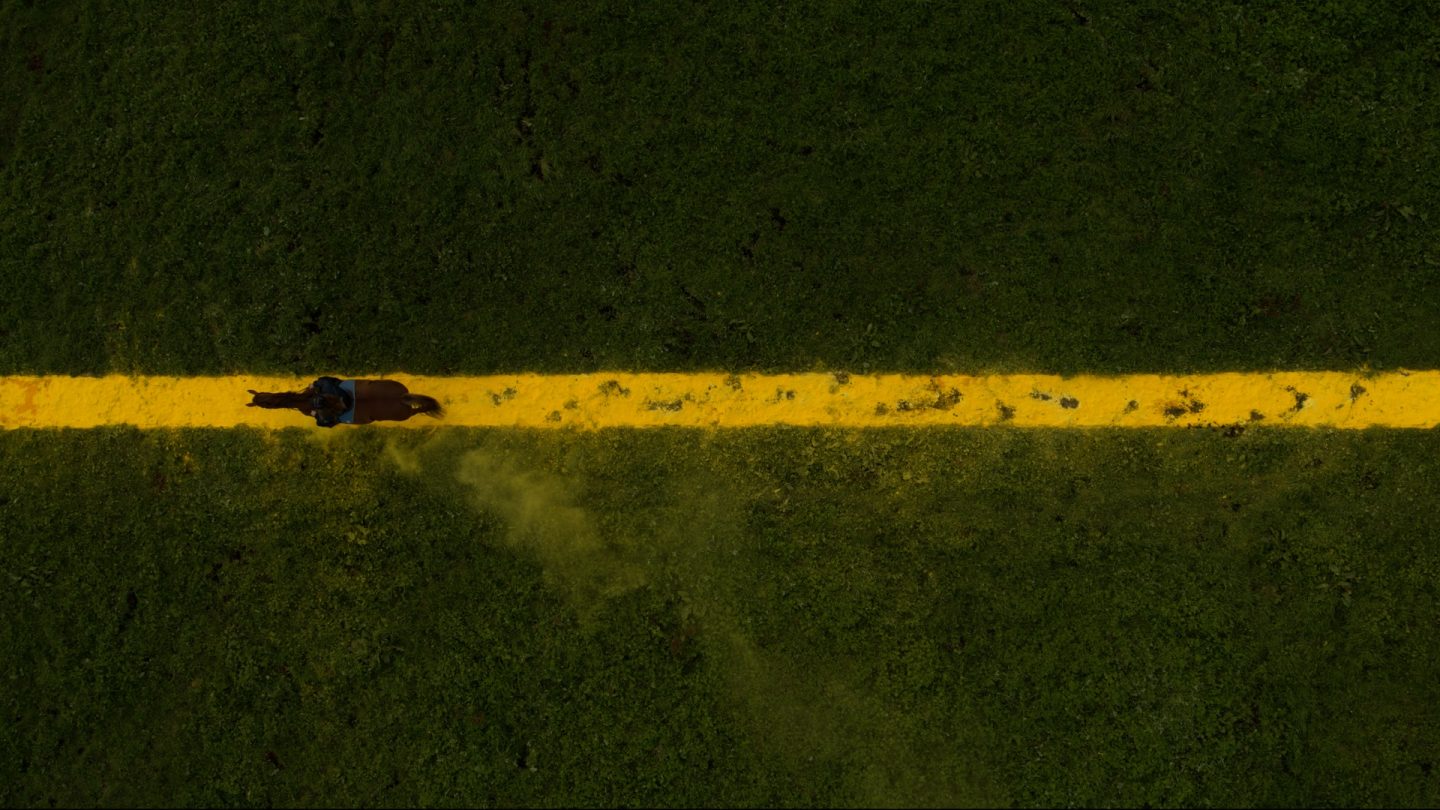
What can the border in Ireland teach the world?
Tolerance. That, according to the Yellow Manifesto produced at the Border People’s Parliament at Stormont, is one of the most important things that people who live across and in-between the border in Ireland feel it can teach the world.
The Yellow Manifesto is the final element of Across and In-Between, an artwork by renowned international artist Suzanne Lacy commissioned by 14-18 Now and produced in collaboration with more than 300 people from counties Fermanagh, Monaghan, Donegal, Leitrim and Cavan.
The participants who gathered at Stormont on Saturday 20th at its Border People’s Parliament noted:
“We could teach you about tolerance. We could teach about the futility of division. Border people have codes; we know how to treat each other in order to keep harmony. The border is where realities can co-exist. Co-existence is essential to the contract we have with each other; it is a higher thing than economics or security.”
Concern that the border’s current invisibility is at risk comes across clearly in the manifesto with a call to keep it confined to maps:
“Keep the border invisible and confined to maps. We want no checkpoints. Heightened security doesn’t make us feel more safe or more secure. It makes us feel the opposite – angry, anxious, tense, defensive and fearful. The border is now one of cooperation and collaboration.”
Writer Garrett Carr, who collaborated on the project and distilled the responses of the participants into the manifesto, said:
“The point of this artwork is to stir conversation by giving voice to those who live on the border. The border remains a sticking point in the on-going Brexit negotiations, yet those who make their lives there are not represented in any meaningful way.”
“The people we brought together were of different ages and political persuasions, of different religions and none. In conversation they often agreed on topics but for quite different reasons. For instance, rather than calling the border “Ireland’s” many insisted it was in fact “Britain’s”. Some did so because they were annoyed at the way the UK media and politicians call it ‘the Irish border’ or the ‘Irish question,’ as if the border’s creation was nothing to do with British history. Others came to the same conclusion but because they identify as British and therefore they see the border as the frontier between Britain and Ireland. On Brexit itself, some were content with it, and had voted for it, others had not, but nobody was in anyway pro a hard border.”
“People can read the Border People’s Parliament: Yellow Manifesto a belfastinternationalartsfestival.com/manifesto and have a conversation about how it relates to them,” Garrett said. “I think the Yellow Manifesto has something to say about borders everywhere.”
The Yellow Manifesto, Border People’s Parliament and The Yellow Line, a three-screen film projection, form the artwork Across and In-Between. The film element was made with participants including farmers, horse-owners, scouts, hikers and villagers from communities across the Fermanagh, Donegal, Leitrim, Cavan and Monaghan border-line. It was projected upon the front of the Ulster Museum building for a six-day run, supported by a temporary exhibition featuring documentary interviews.
Highlighting the wit and cleverness of border life in the face of political pressures, this participatory artwork focuses on the power of play in creatively responding to complex issues. Suzanne Lacy commented, “Our project draws those who live along the often-invisible boundaries between countries into a conversation-metaphoric and literal – on personal and symbolic meanings of this border and by extension all such borders drawn by political forces. The artwork explores inverse paradigms: visible and invisible, official and unofficial, rural and urban, the real border and imagined ones. For a brief time, we suggest there is a unique in-between identity for those situated between two countries – a border people – and through playful acts we explore this liminal identity.”
Across and In-Between was co-commissioned by 14-18 NOW, the UK’s arts programme for the First World War centenary, and Belfast International Arts Festival, with the support of the Government of Ireland’s Department of Culture, Heritage and the Gaeltacht and Department of Foreign Affairs and Trade (Reconciliation Fund).